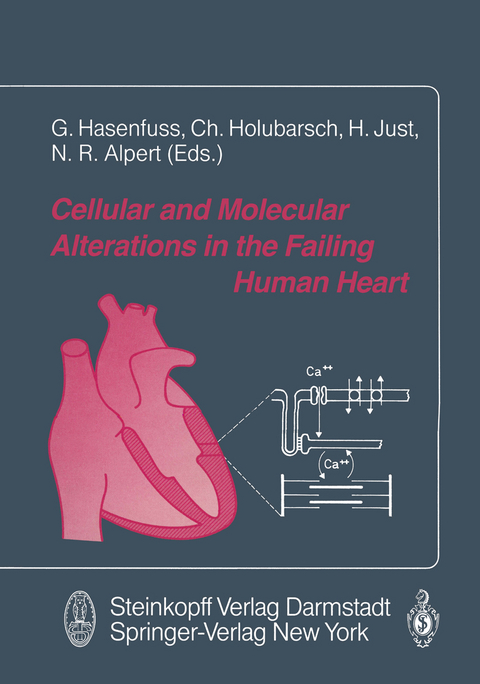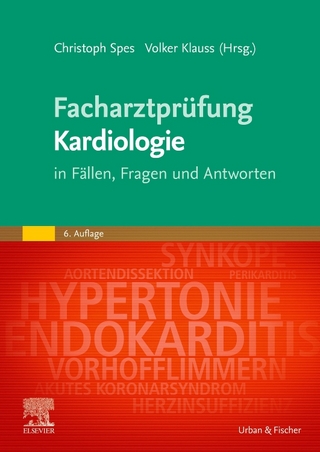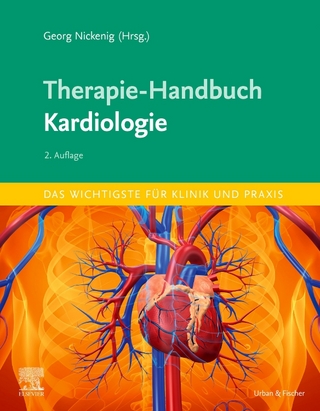
Cellular and Molecular Alterations in the Failing Human Heart
Steinkopff (Verlag)
978-3-642-72476-3 (ISBN)
Sarcolemma and phosphodiesterases.- Receptor systems in the nonfailing human heart.- Changes in the receptor-G protein-adenylyl cyclase system in heart failure from various types of heart muscle disease.- Quantification of Gia-proteins in the failing and nonfailing human myocardium.- Regulation and possible functional implications of G-protein mRNA expression in nonfailing and failing ventricular myocardium.- Phosphodiesterase inhibition and positive inotropy in failing human myocardium.- Cardiovascular cyclic nucleotide phosphodiesterases and their role in regulating cardiovascular function.- Na, K-ATPase expression in normal and failing human left ventricle.- Excitation-contraction coupling and contractile proteins.- Structural and functional diversity of human ventricular myosin.- Contractile protein function in failing and nonfailing human myocardium.- Troponin T isoform expression in the normal and failing human left ventricle: A correlation with myofibrillar ATPase activity.- Effects of different expression and posttranslational modifications of myosin light chains on contractility of skinned human cardiac fibers.- Responsiveness of the myofilaments to Ca2+ in human heart failure: Implications for Ca2+ and force regulation.- The regulation of the human ? myosin heavy-chain gene.- Mutations in cardiac myosin heavy-chain genes cause familial hypertrophic cardiomyopathy.- The membrane proteins of the overloaded and senescent heart.- Contraction frequency dependence of twitch and diastolic tension in human dilated cardiomyopathy.- Alterations of the force-frequency relationship in the failing human heart depend on the underlying cardiac disease.- Pathophysiology of cardiac hypertrophy and failure of human working myocardium: Abnormalities in calcium handling.-Ca2+-currents and intracellular [Ca2+]I,-transients in single ventricular myocytes isolated from terminally failing human myocardium.- Dynamic calcium requirements for activation of human ventricular muscle calculated from tension-independent heat.- The calcium-release channel from cardiac sarcoplasmic reticulum: Function in the failing and acutely ischaemic heart.- Immune-mediated modulation of sarcoplasmic reticulum function in human dilated cardiomyopathy.- Calcium uptake by sarcoplasmic reticulum and its modulation by cAMP-dependent phosphorylation in normal and failing human myocardium.- Contractile proteins and sarcoplasmic reticulum calcium-ATPase gene expression in the hypertrophied and failing heart.- Extracellular matr.- Factors associated with reactive and reparative fibrosis of the myocardium.- The extracellular matrix in the failing human heart.- Mitochondrial function.- Dysfunction of the ADP/ATP carrier as a causative factor for the disturbance of the myocardial energy metabolism in dilated cardiomyopathy.- Adenine nucleotide metabolism and contractile dysfunction in heart failure - Biochemical aspects, animal experiments, and human studies.- Achievements of the Symposium.- Cellular and molecular alterations in the failing human heart.
| Erscheint lt. Verlag | 6.12.2011 |
|---|---|
| Zusatzinfo | XII, 344 p. |
| Verlagsort | Heidelberg |
| Sprache | englisch |
| Maße | 170 x 244 mm |
| Gewicht | 640 g |
| Themenwelt | Medizinische Fachgebiete ► Innere Medizin ► Kardiologie / Angiologie |
| Studium ► 1. Studienabschnitt (Vorklinik) ► Physiologie | |
| Schlagworte | Cardiovascular • cardiovascular function • heart • Heart Failure • Heart Muscle • Metabolism • pathophysiology • Physiology • Protein • proteins |
| ISBN-10 | 3-642-72476-0 / 3642724760 |
| ISBN-13 | 978-3-642-72476-3 / 9783642724763 |
| Zustand | Neuware |
| Informationen gemäß Produktsicherheitsverordnung (GPSR) | |
| Haben Sie eine Frage zum Produkt? |
aus dem Bereich


